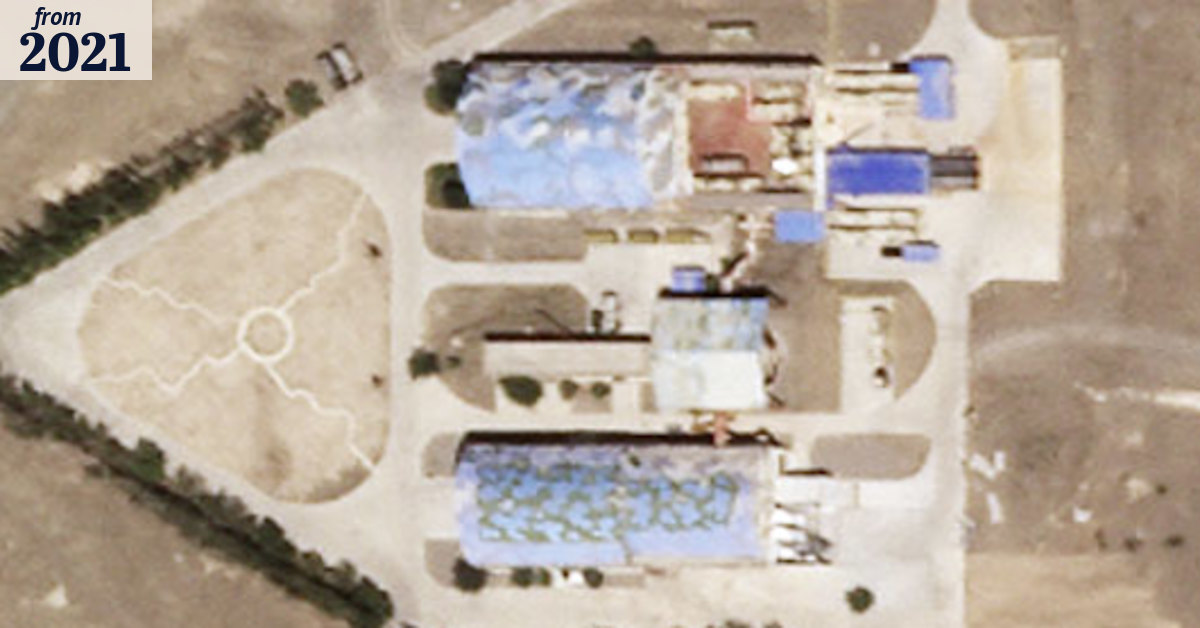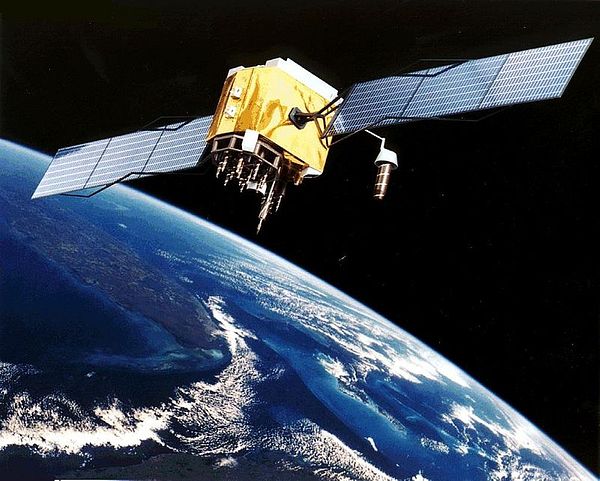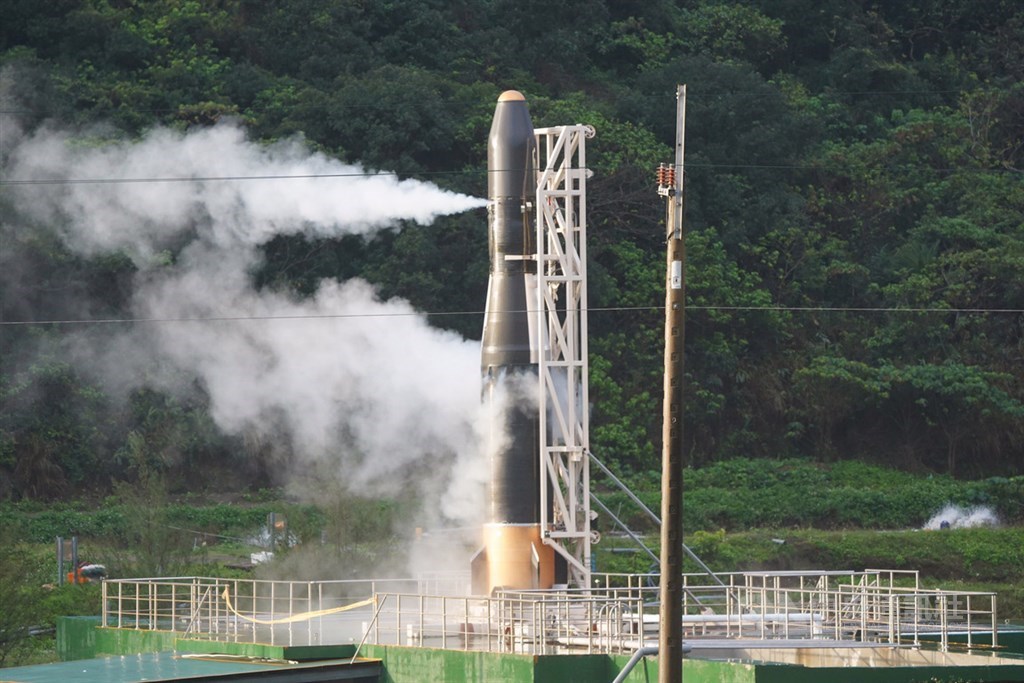Part 1 of 2: China painting itself into a corner
1. Taiwan’s defence budget should be the financial expression of its military strategy, not the reverse. The right sequence is essential — getting the strategy correct first, before wargaming the sectors of each divisional battle. Because Taiwan’s procurement budget is:
(a) too small to buy the required numbers of MBTs (about 1/2 of what is needed) and SPHs (about 1/4 what is really needed), their army is over invested in keeping its multiple fleets of obsolete tanks and artillery pieces, that can’t win in a real fight; and
(b) often spent in a way that does not make tactical sense, their troop morale is low. Each tank that Taiwan operates is older than it’s driver. It is therefore no surprise that they lack modern armoured warfare CONOPS; and Taiwan can’t adopt modern CONOPS, when the bulk of their tank fleet is obsolete due to decades of neglect. Spending a bit more over the next 5 years is not going to make up for the prior decades of neglect.
IMHO, Xi’s most fundamental concern is how hard is the Japanese commitment to Taiwan assuming he really wants to gamble on an invasion. Although he seems to have an iron grip on the CCP, there must be elements of the party and the PLA that question whether any invasion makes sense, at least in the next 5 years.
2. Let me make one
minor change to your reply, if you don’t mind. As long as Team Biden is in power (at least until 5 Nov 2024), the CCP will not attempt to invade Taiwan — as the American administration has shown a deft hand at both reassurance to Taipei and keeping a distance away from their agenda.
(a) Regarding Biden himself, it is important to remember that as a senator on the Foreign Relations Committee in 1979, he voted in favor of passing the Taiwan Relations Act, which, to this day, stands at the heart of U.S. security cooperation with the island.
(b) Biden’s actions since then, for instance by enthusiastically supporting
U.S. arms sales to Taiwan or tweeting congratulations to “President Tsai” upon her re-election (reflecting Taiwan's de facto sovereignty), have been consistent over time. If anything, his statements on China of late have become harsher, reflecting frustration with Beijing's increasingly malign behaviour.
(c) Some have argued that the prior Trump administration actually put Taiwan in jeopardy by making it a part of the U.S.-China great power competition and at one point openly questioning the
“one -China” policy. If the next U.S. President inaugurated in Jan 2025, is as sensible as Biden, we gain another 4 year for Taiwan to improve its defences.
3. The humiliation for the hawkish but impotent Indian Government never ends, as the PLA drip feeds propaganda of their 2020 victory at the LAC. The release of the above pics is a response to the latest clash on China-India border on 28 Sep 2021; and given that Indian media claimed that Indian forces have detained PLA soldiers, the Chinese are showing detained Indian Army soldiers being released.
(a) Since 2014, 27 Indian soldiers were killed in
403 accidents due to faulty ammunition and 159 wounded apart from the cumulative losses of Rs 960 crore. According to Lt. Gen. (retired) H.S. Pangag, when India was on the brink of war in Eastern Ladakh, the huge differential in technological military capability vis-a-vis China limited Indian Army options to merely rushing to the front with large number of troops.
(b) But Japan is not India — their JMSDF and JASDF are too strong to be pushed around by the PLA(N) — more importantly, Japanese missiles and bullets work, unlike Indian ammo. This is unlike what happened to the Indian Army at the LAC, in their skirmish with the PLA.
4. China is still the weaker party in the 1st island chain and unless they can project power beyond the 2nd island chain, the PLA(N) don’t have escalation dominance. In Jan 2021, the Japanese Ministry of Defense (MoD) has announced plans to begin mass production of an extended-range version of the domestically developed ASM-3 supersonic air-launched, anti-ship missile (ASM). The ASM-3, which has an estimated top speed of Mach 3 and a maximum range of 200 km, was jointly developed by Mitsubishi Heavy Industries (MHI) and the MoD as a successor to Japan’s Type 93 series of missiles.
(a) If you want to look at it from a 5 to 15 year perspective, Japan’s political and military responses are far more important to Taiwan — the economic dimension of Beijing’s coercion towards Taipei is not to be underestimated — as the Japanese play a key role in encircling the Chinese (by leadership of the CPTTP). Taiwan applied to join CPTPP on 22 Sep 2021.
(b) As a Foreign Military Sales (FMS) participant, the JASDF has an established program of record of 147 F-35 Aircraft, consisting of 105 F-35 A models and up to 42 F-35 B models. In 2020, the JASDF activated their second F-35A squadron, the 301st TFS. By early 2031 or 10 years from now, all 42 Japanese F-35Bs will be in operational service, available for tasking on JMSDF carriers or on small island air strips — at that time, PLA(N) carriers are still not a match against their Japanese counter-parts.
(c) With 17 V-22s, the JASDF can insert troops, fly F-35Bs on converted roads to runways and fly spare fighter engines into Taiwan, even if Taiwan is blockaded by the PLA(N) submarines. By 2026 to 2028, the JMSDF will be a 2 STOVL carrier navy and its vote will matter in any Taiwan hostilities — which enables the concentration of naval power by Japan at chokepoints of its choice.
(d) Given that the unipolar American moment has passed, IMHO Team Biden and it’s successor administration will only act against PLA hostilities if an ally or partner is committed to an action. This is the reason that
Secretary Austin’s Singapore lecture has a section called "The Imperative of Partnership;" and his vision of ‘integrated deterrence,’ uses existing military capabilities, and builds new ones. All in the hope of deploying these military capabilities in ways that are tailored to a region's security landscape.
5. To my simple mind, I believe that long term demographic trends in China makes it less likely war will occur after 2049 — the simple goal for Taiwan is to play the delay game. The number of newborns in China in 2020 was 12 million, down from 14.65 million in 2019, and China's fertility rate of women of childbearing age was 1.3, a relatively low level, according to the census. I just don’t think that China is that stupid at a geo-strategic level — it’s like the US invasion of Iraq under Bush II — that level of stupid — as there is only a small window of China at peak power before demographics catches up. An invasion is a lose-lose-lose action, no matter how you game outcome from a Chinese perspective.
6. If China invaded Taiwan, the PLA’s self image and reputation as protector of Chinese people to pacify this ethnic Chinese island will be immense. This is not to say that the PLA, as the armed wing of the CCP, does not need the ability to threaten an invasion to influence Taiwanese domestic politics.
7. As troubling as the trend-lines of Chinese behavior are, it would be a mistake to infer that they represent a prelude to an unalterable catastrophe. China's top priority now and in the foreseeable future is to deter Taiwan independence rather than compel unification. Beijing remains confident in its capacity to achieve this near-term objective, even as it sets the groundwork for its long-term goal of unification. Indeed,
based on polling on attitudes regarding defence, the people of Taiwan already are sober to the risks of pursuing independence.







